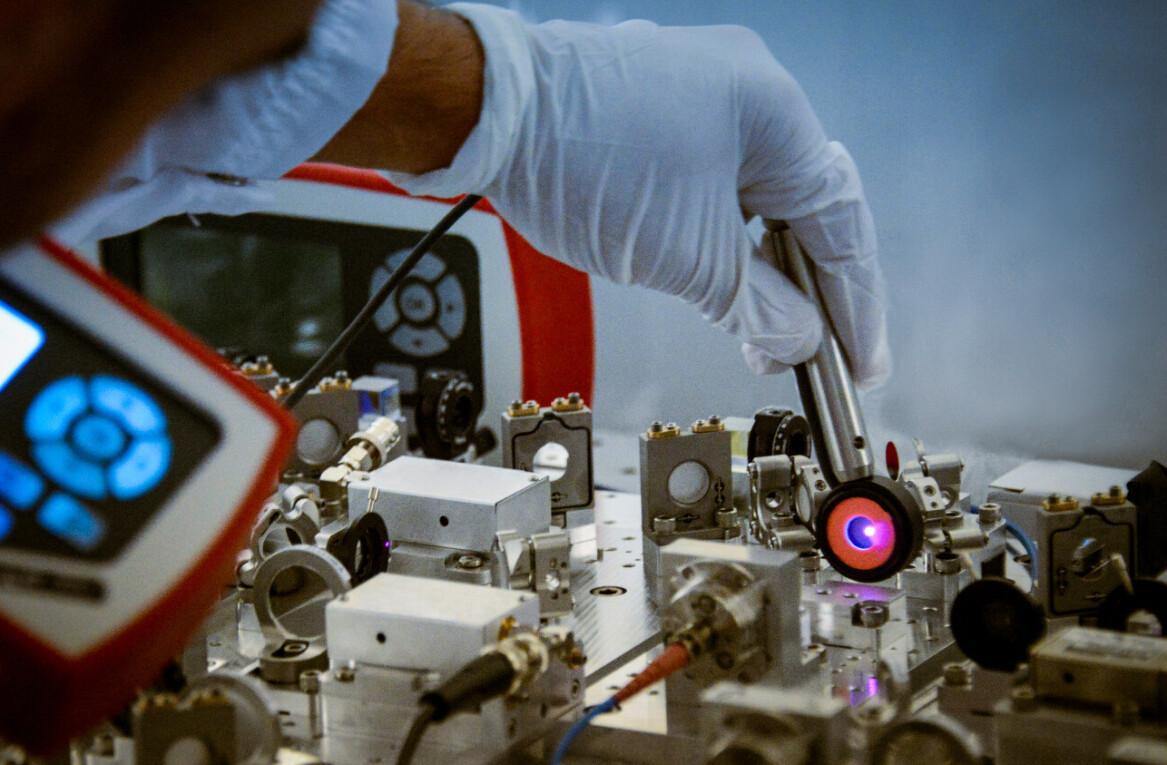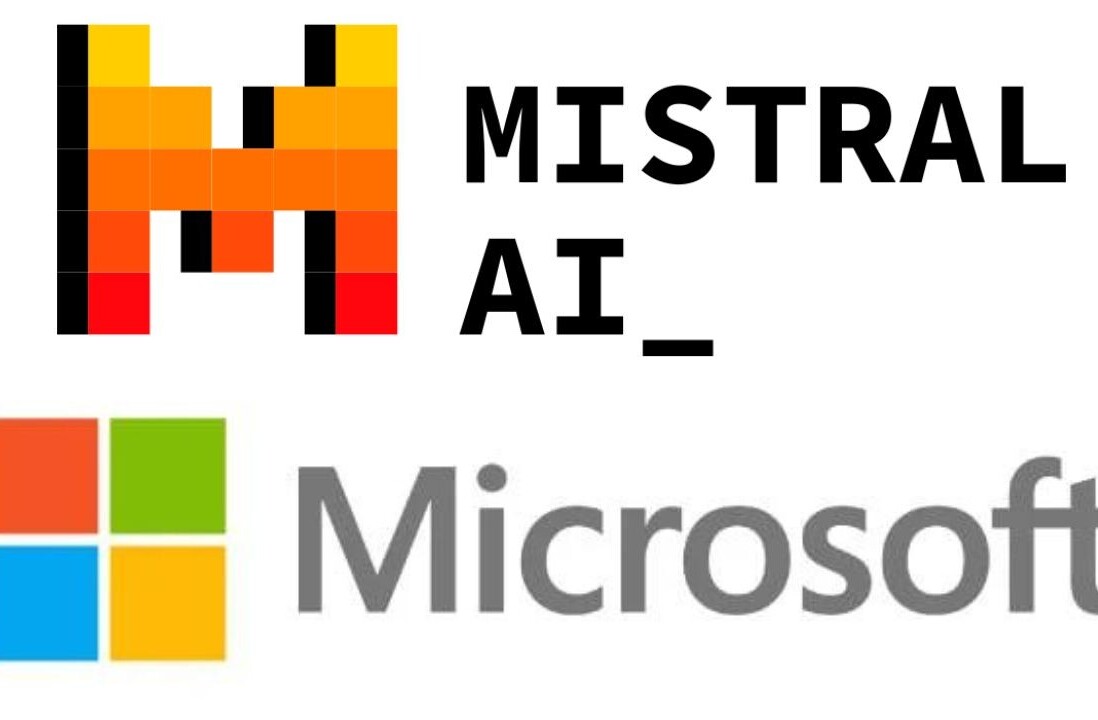
Back in 2009, Microsoft announced a new technology that would help identify horrific photos of child abuse online. It donated the technology to the National Center for Missing and Exploited Children (NCMEC) to help stop the spread of child pornography on the Internet.
The technology uses what is called ‘robust hashing’, which calculates the particular characteristics of a given digital image — its digital fingerprint or ‘hash value’ — to match it to other copies of that same image.
The technology did have its flaws at first, in that even the slightest alteration to an image would mean it wouldn’t be able to detect the spread of a previously identified image.
Well, according to a report in The New York Times today, Microsoft has refined the technology it calls PhotoDNA. It means that the very worst of the disturbing images can be better identified, even if they have been cropped or altered.
These developments mean that Facebook has jumped on board too and will be the first service to use the free technology.
Facebook is the largest photo-sharing website in the world – 3bn images are uploaded each month, more than half of what Flickr has on its entire database.
Indeed, the social network has already said that it has begun using PhotoDNA to track several thousand illegal images, and Facebook is scheduled to host an online event at 3pm (ET) on Friday to discuss the implications of its use. The panel will consist of Facebook and Microsoft security specialists, as well as other panellists to discuss how new technologies can help protect children online.
Get the TNW newsletter
Get the most important tech news in your inbox each week.




